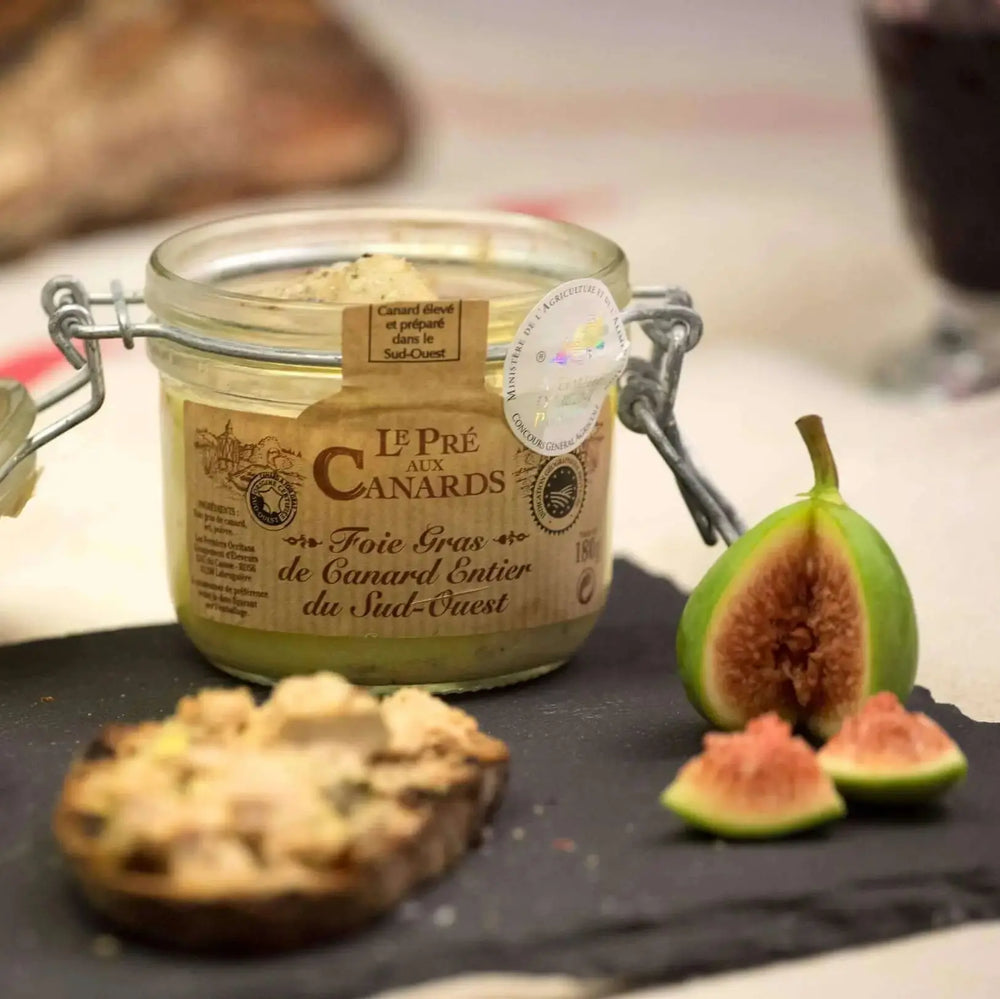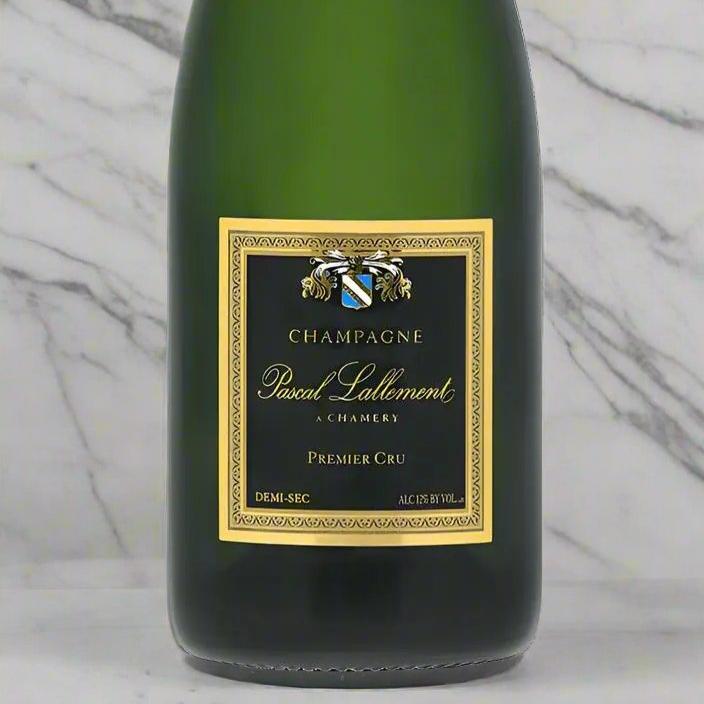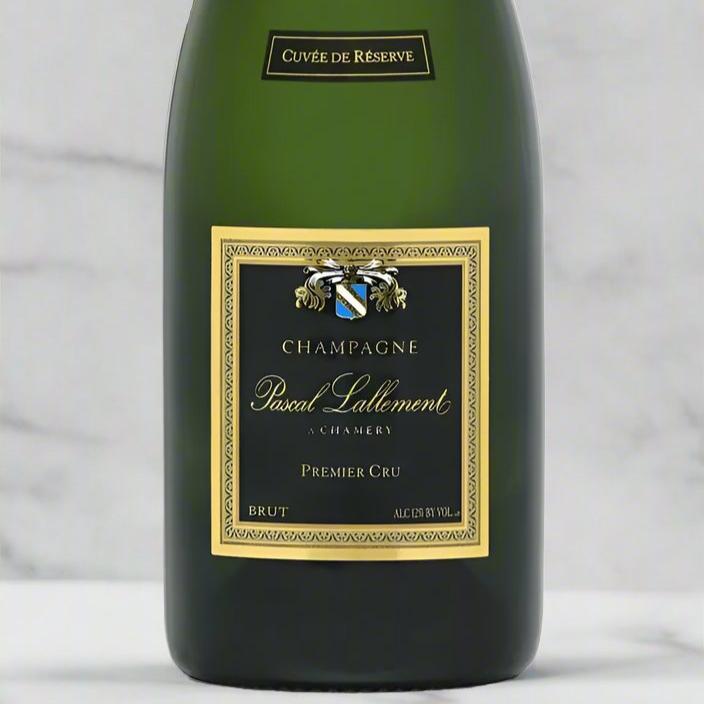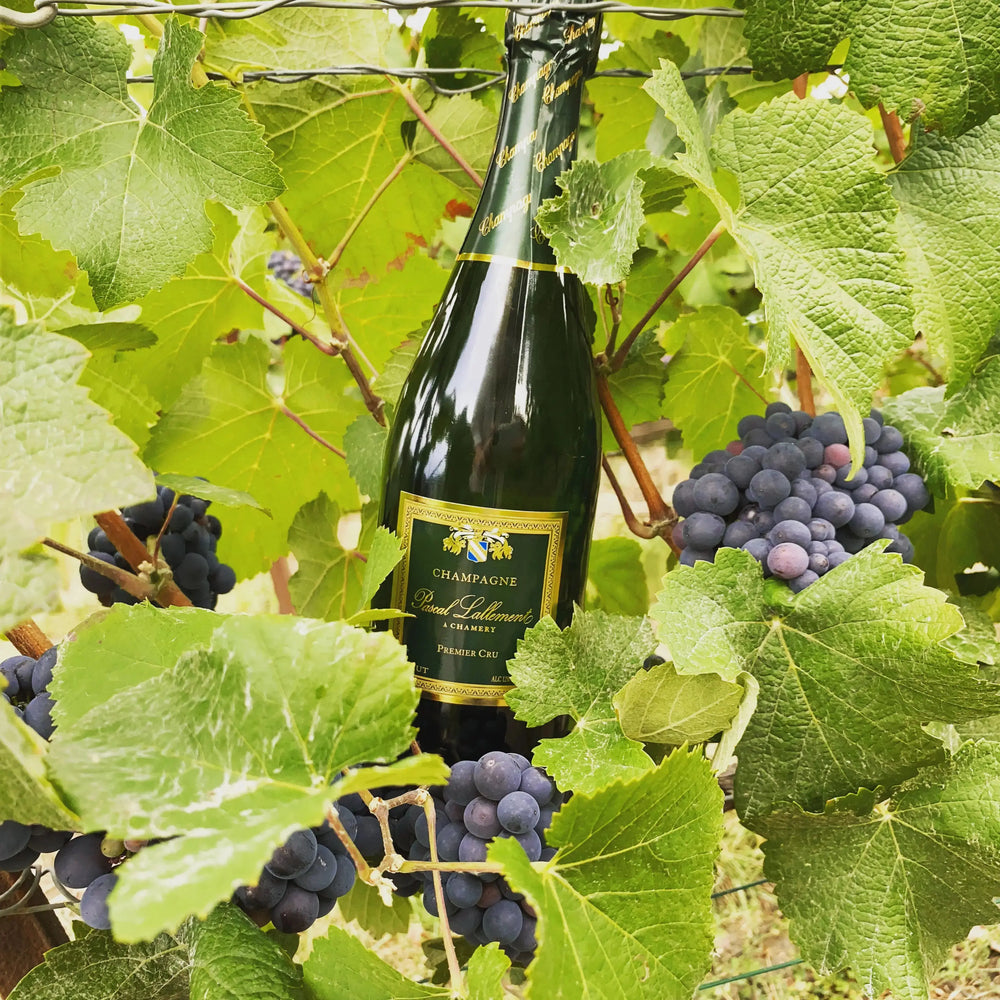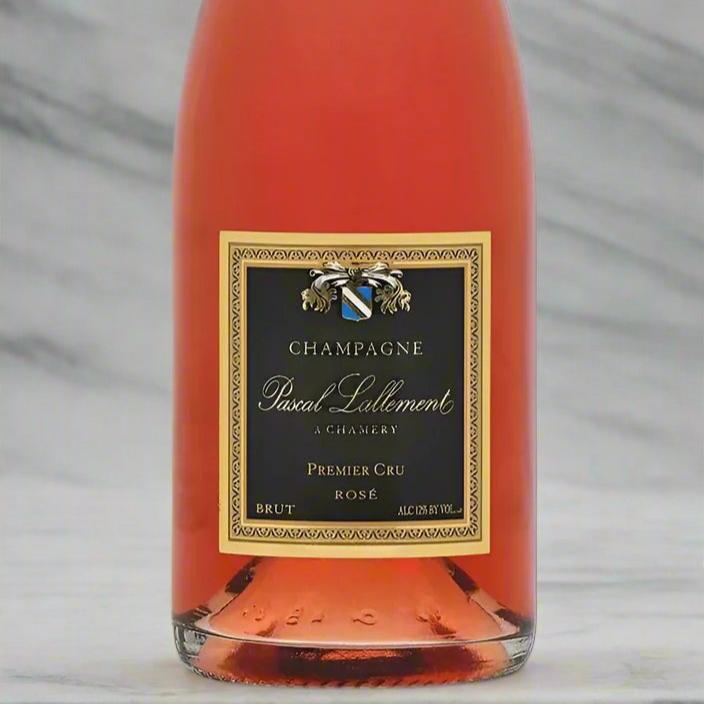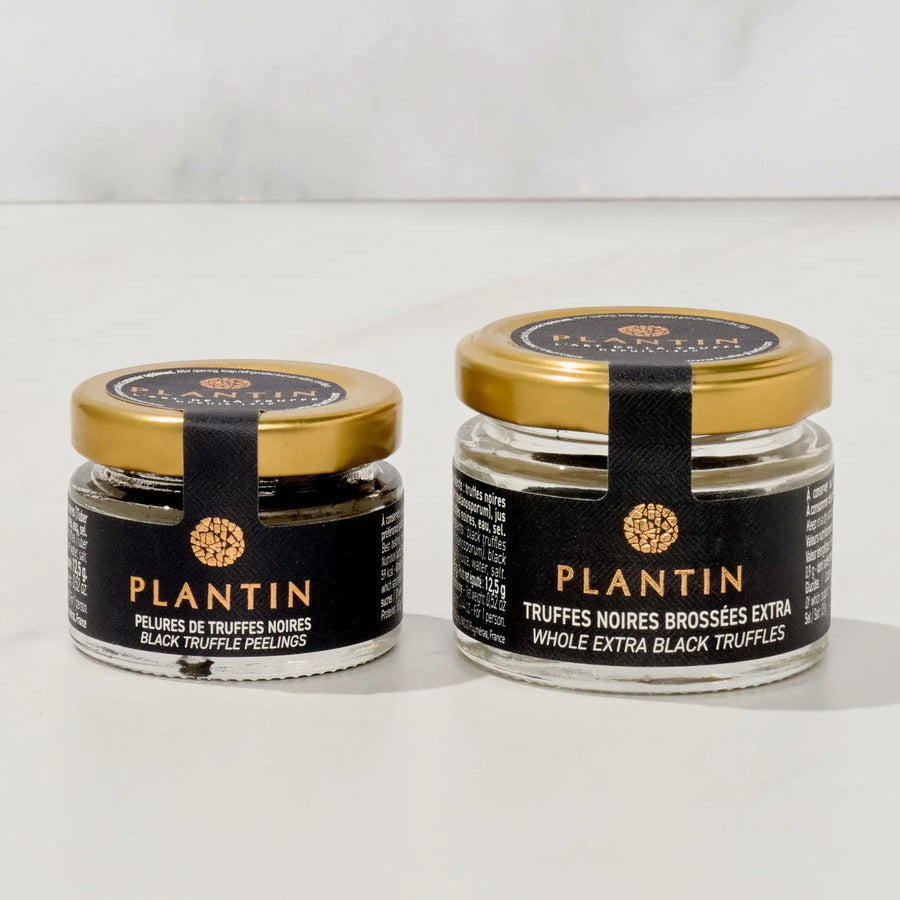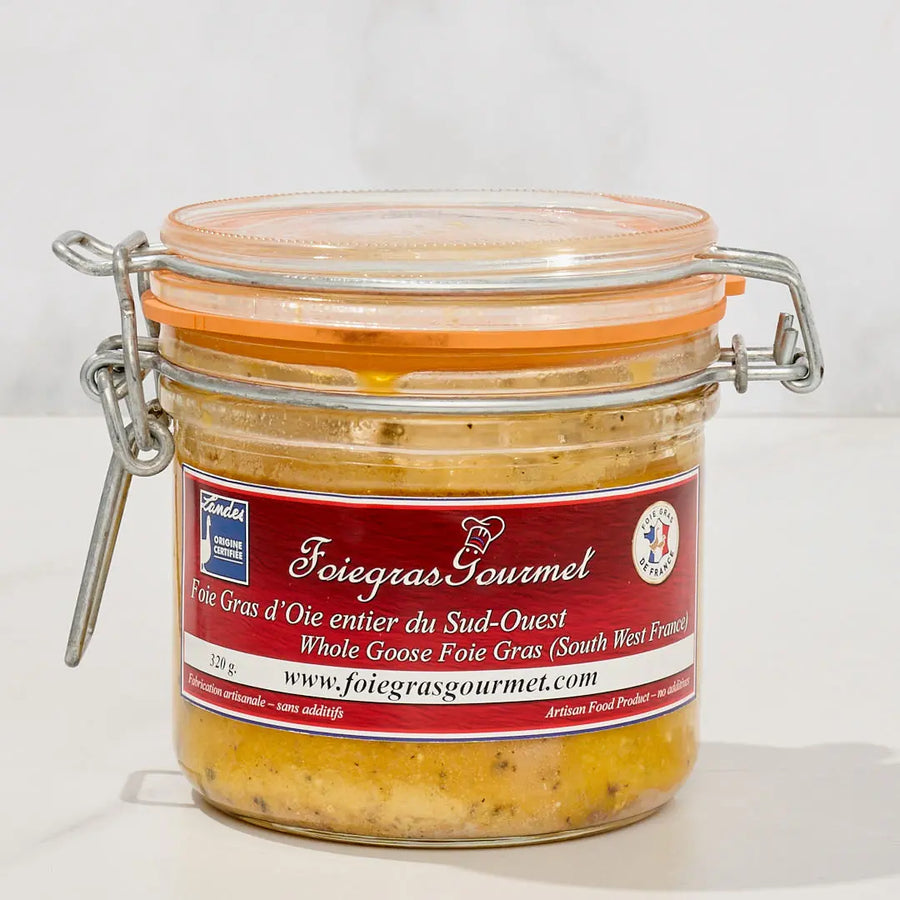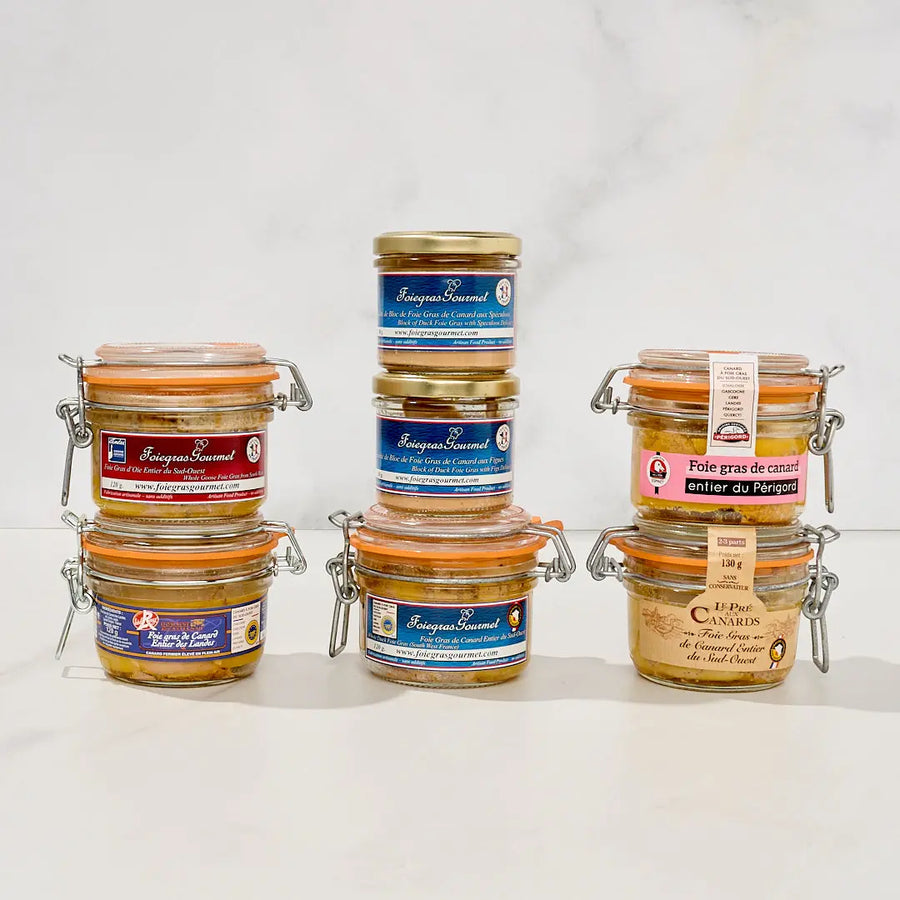
What is foie gras?
Foie gras is a traditional gastronomic delicacy, the production of which is closely linked to the culinary identity of the South-West of France. Foie gras is officially recognized as part of the country’s "Protected Cultural and Gastronomic Heritage".
A foie gras is simply the liver of a healthy and robust adult duck or goose, raised using traditional methods, and also in accordance with strict regulations defined in the Protected Geographical Indication (P.G.I) specification to fatten the birds and in order to produce an enlarged liver.
Foie gras has a long gastronomic history
The ancient Egyptians domesticated geese and replicated their natural fattening process before they migrated. Few food products have been so greatly appreciated in so many countries: the Greeks, the Romans and then the Hebrews all perpetuated the tradition of breeding and force-feeding geese in Eastern Europe.
In the 18th century, the breeding of first geese, then ducks, took on a real economic significance for the farmers of South-West France who fattened the birds with corn and over time became renowned as the region of France epitomizing the best in living and eating.
The farmers generally sold their most refined dish, the duck or goose foie gras, to restaurants or to wealthy families of the region; preserving their duck meat in its own fat meant they were able to enjoy the breast, confit, aiguillettes and gizzards throughout the winter and they made various pâtés from the duck offal and any leftover foie gras by mixing it with pork.
Goose and duck Foie gras today
Alongside the many families who continue to raise a few ducks and geese during the summer to treat their family and friends during the winter, there is, unfortunately a whole industry in which large companies employ dozens of workers to force-feed ducks and geese.
Shocking and cruel images are seen of the animals being fed using gavages and metal tubes shoved into their throats to produce standard quality foies gras from fatty livers destined for the mass retail market.
Such force-feeding practices remain controversial and are, quite rightly, considered cruelty. For this reason the production of foie gras is banned in many countries.
Fortunately, many family businesses and regional cooperatives of smaller enterprises have developed, and work to maintain, an ethical and quality artisanal product. Their birds are raised in freedom in the open air (in contrast to battery chickens raised in cages) and force-feeding methods used are more closely aligned to the natural gorging on food by the ducks and geese which occurs in the wild prior to their migration.
Visit a southwest farm and learn how they care for their birds and make foie gras
The passion for foie gras is inherited by many farmers from their parents and grandparents and the majority of their farms in the South-West are still family-owned with the goose and duck breeders, size permitting, often growing their own corn to feed their animals.
These people are proud to be the guardians of both their land and also custodians of the traditional knowledge passed down to them by their ancestors which is required to produce this epitomy of French gastronomy.
Visiting them provides the opportunity for tasting excellent foie gras recipes such as terrines, freshly cooked foie gras escalopes or maybe foie gras served with caramelized apple. You might take home delicious and traditional preserved foie gras including blocks of foie gras and whole foie gras (both goose and duck) or one of the many other delicious artisanal products created using tasty and traditional recipes. But always beware of inferior and often mass-produced products such as foie gras mousse, pâté de foie gras, médaillons and galantine!
Lauded by many recipe books (constantly updated with new ideas!), each year foie gras features at culinary competitions and award ceremonies around the globe. Top chefs from the world’s most prestigious restaurants apply their skill and creativity to showcase the unique and delicate flavor of foie gras.
You are dining out or treating yourself to a little luxury at home, whole goose or duck foie gras or blocks of goose or duck foie gras are the traditional and best way to enjoy France’s most enjoyed speciality.
Chefs at luxury restaurants let their inventiveness speak for itself, spotlighting foie gras on their menus and continually seeking new ways to reveal its unique and delicate taste. Eating in restaurants will show you the different ways to eat and serve foie gras (as an aperitif, starter or hot dish).
Whole goose and duck foie gras and blocks of foie gras remain the most traditional way to enjoy foie gras. From the delicacy of Grolière's goose foie gras to the robust flavor of Label Rouge foie gras, opting for Domaine de Castelnau, or the subtleness of Espinet foie gras or perhaps the balanced taste of Pré aux Canards foie gras, we are sure that within our range we have a product to perfectly match your palate. All these brands are from fairly small companies and are among the very best of foie gras available.












